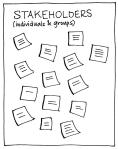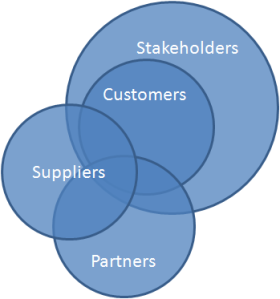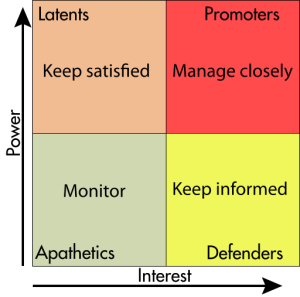 Strategic planning, as a structured and systematic process, is successful when it is leader-led and overcomes the five reasons 70% of all strategies fail. Learn how to see your plan through to success. The strategic planning process is where leaders of an organization establish the vision of the organization’s future and then develop and implement the actions necessary to achieve that future. This article expands on the strategic planning concepts addressed in Think Big, Take Small Steps and is designed to help you achieve success in your strategic planning process.
Strategic planning, as a structured and systematic process, is successful when it is leader-led and overcomes the five reasons 70% of all strategies fail. Learn how to see your plan through to success. The strategic planning process is where leaders of an organization establish the vision of the organization’s future and then develop and implement the actions necessary to achieve that future. This article expands on the strategic planning concepts addressed in Think Big, Take Small Steps and is designed to help you achieve success in your strategic planning process.
A Successful Systematic Process to Apply at Your Strategic Offsite.
How many of you attended, participated in, or facilitated a strategic planning session where you started with the mission and vision and then went around the table coming up with goals that every felt the organization needed?
Welcome to the world of the Good Idea Group. Where leaders come up with things they think they want to work on and everyone gets assigned a goal so everyone is “part of the strategic plan.”
If you have been or are doing this, you are going to build a strategic plan without an Executable Focus and you will undoubtedly become one of the 70% that fail at achieving desired results.
The bad thing is that I have done this too! Yep, I, even as a leader of organizations, have created plans built this same way.
Want to break this mold?
What to walk into a strategic planning session and walk out the end of the day with the best strategic plan possible?
Want everyone who attended the offsite feel like this was the most productive time they’ve ever had planning?
Want a plan the makes sense and is easy to implement?
If you answered yes to those four questions above, than this blog is for you. As part of Leading Your Leaders to Develop an Effective Strategic Framework, this blog specifically describes how to build a strategic plan quickly, efficiently, and effectively. You will find this technique is applicable to anything you are trying to solve. Ready for this?
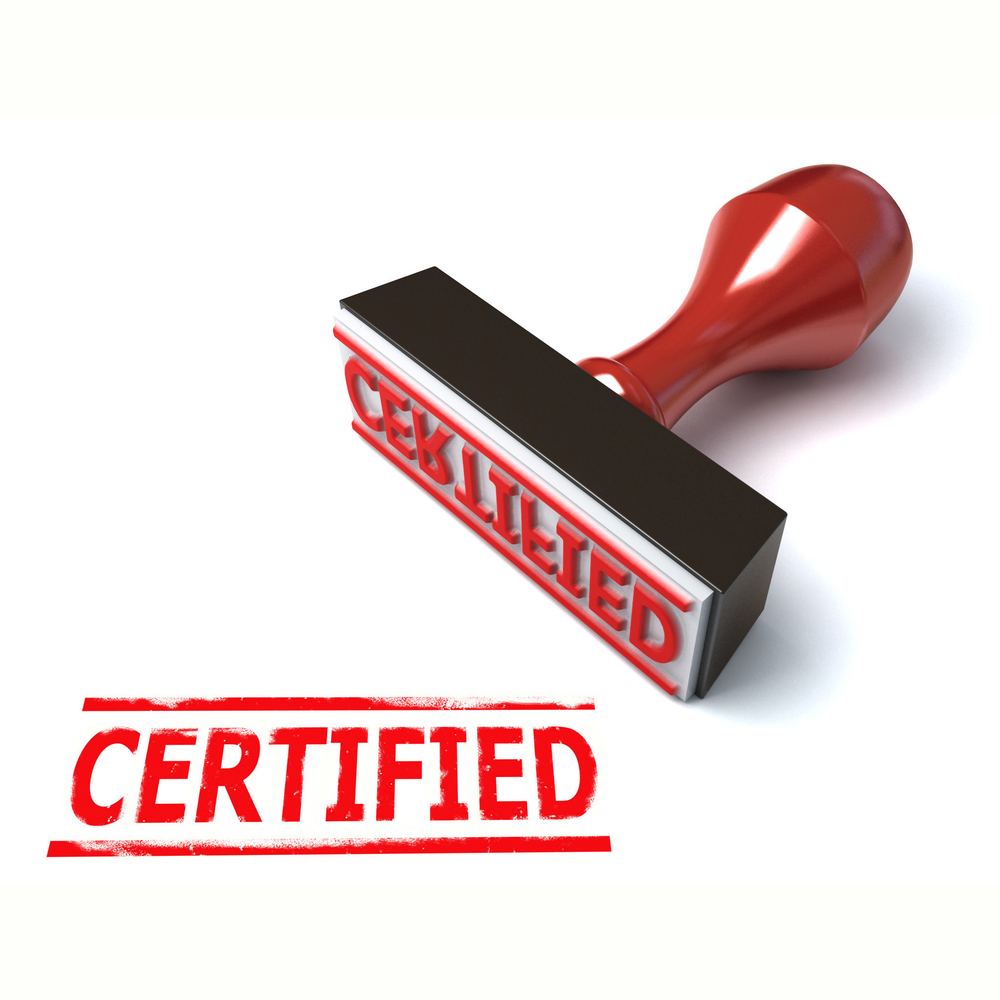 I Certify, that if you follow this approach, you will create a strategic plan with a solid executable focus that is designed to overcome problems in your organization and leverage your strengths and opportunities. The resulting plan will, without a doubt, be fully implementable and you will always know why and how every action supports the vision of the organization.
I Certify, that if you follow this approach, you will create a strategic plan with a solid executable focus that is designed to overcome problems in your organization and leverage your strengths and opportunities. The resulting plan will, without a doubt, be fully implementable and you will always know why and how every action supports the vision of the organization.
Imagine this (above) as your company. You have a Mission (where you are today) and a Vision (where you want to be in the future) that you have validated during the first part of the offsite–we discussed this in the last blog, Facilitation of an Effective Strategic Plan Offsite. Between the mission and vision, there is a raging river that prevents you from getting to the river. What you need to build is a bridge that connects the too so you can actually get your organization to the vision.
The troubled water between the two banks was outlined by your organizational assessment that we covered in the How to Conduct an Organizational Assessment portion of this blog. This is what you must overcome–what is in that water are the things that prevent your organization from reaching its vision. However, scattered here and there in the river are low spots and rock outcroppings that help you in your journey of building a strong bridge to you vision.
If you keep this analogy in mind, you will easily understand this approach–as a matter of fact, I show a similar slide on the board to kick off this part of the offsite with their mission written out on the left and their vision written out on the right. During the offsite, I cal these series of exercises “What We Need.”
This exercise happens in three parts:
- What We Need…
- Diagramming…
- Ownership…
What We Need
At this point, we have reviewed the Organizational Assessment and finalized a solid Mission and Vision Statement (I will talk more about these in upcoming blogs). I normally send everyone on a break and then I update the appropriate slides for the next section.
When everyone comes back, we review the high-level SWOT assessment, which encapsulates pretty much what is going on in the organization. I might refer to white boards or flip charts where specific items where added. This refreshes everyone’s thoughts on what is happening. Then I bring up the bridge slide with the new mission on the left and new vision on the right. At the top of the slide is the statement, “What we need…”
I give the team (normally) 60 minutes to silently finish this sentence:
What we need to achieve our vision is…
I ask them to write each thought down on a 5×7 post it note. The statement should be a concrete thought like “professional development training for all levels,” not something simple like “training.” They have 60 minutes to silently brainstorm ideas to finish this sentence.
Each idea should be focused on overcoming the challenges the organization faces today and leveraging what’s good.
I like to have two or three people working with me at this point. One or two go around and simply pick up the post it notes and bring them to me. I then start arranging them as they come in into group using affinity diagramming. I stick them on the wall in their groups. Sometimes I use a large white board or I hang empty post it butcher block paper around the room and organize the groups that way.
As you can imagine, this can be a fast and furious activity, especially if the leaders are strong thinkers. You can quickly generate hundreds of ‘what we need’ ideas.
Once everyone appears done, or at the 60-minute mark, I stop the exercise and put everyone on break. While they are on break, I get the helper(s) to review my groupings and help me finish them up. At this point, this is my affinity diagramming–not theirs.
Diagramming
When everyone is back from break, the first thing I like to highlight is the number of strategic ideas they came up with (number of post it notes) to achieve their vision. This number is normally well into the hundreds and is always impressive that in an hour or less, they could come up with so many ideas.
Then I explain how I have organized their ideas on the wall. Note that I don’t talk about group titles or anything, just explain the process I used. Several times the executives I work with have never seen affinity diagramming at work–many have never even heard of it.
By the way, this approach has been so effective with organizations that many executives have asked me to help them apply the same technique to many other types of projects.
For the next 10-15 minutes (or so), I ask the team to come up to the board and review all the ideas and validate the grouping. They are free to discuss and move anything on the board, but they cannot remove any idea–all ideas are valid at this point.
Once they have agreed on the final groupings, we walk through each group and discuss the items–I normally read them off. Then I ask them to label that group with a name. After all the groups are named, I ask them if any of the groups are similar in nature and could be grouped into a larger group–this is what is called tree diagramming (grouping the groups).
Once the final large groups are done, I step back and point out that they have just come up with their strategic plan. They have their Goals–the large groups, Objectives–the original affinitized groups, and the Actions–the ideas on post it notes.
It is normally at this point that every executive in the room is so amazed that they have created so much and done it in under two hours!
Of course, the plan needs work by me, but everything is there. My next job is to write it all up in a structured document. But the plan is now theirs! It was their ideas and their groupings, all i did was facilitate their thoughts in a beneficial direction to achieve their vision. This breeds ownership of the executives of the plan.
Ownership
The next and final step (normally) is for you to strengthen the ownership of the plan in the executives. List out the goals (hopefully you have between three to five at this point) and pose to the group, who will own each of these Goals. There should be one owner for each goal. I have seen where they have multiple owners, trying to give everyone ownership, but that fails, because it gives leaders an out when you share the accountability. Everyone will end up being involved in implementing the plan, but right now, you simply need accountability for each goal resting with one throat to choke.
This is a point where you would hope that the senior leader of the company would weight in (I normally prep him or her before hand) and make a determination after discussion.
The end result…
You have just created a new mission, vision, goals, objectives, and actions in one day following this approach. The executives at this event will be amazed at how simple and effective the process was and can definitely see the value of the strategic plan.
Your next step, outside of the offsite is to bring it all together in a concise document for them to review. I normally put this together in a detailed PowerPoint after action review that talks about what actions took place, what additional information was learned along with the SWOT, the final mission and vision with the goals between them marching across the bridge left to right (often referred to as the bridge slide), and a slide for each of the goals with written out objectives. backup i have all the ‘what we need’ statements on slides aligned to their appropriate goal and objective.
This after action report take a week or less to put together…sometimes I can have it done the next day. Most of it I build before the event and simply fill in the data after the event.
Following this approach is fast, efficient, and effective. You will be recognized by the leadership for one of the best planning offsites they have ever been to, and you will have a rough strategic plan built with a solid strategic framework and executable focus. The next step will be to translate this strategy into execution.
Over the next few weeks, we’ll discuss some of the finer points of products from the strategic planning offsite. we will look at:
- Scenario Planning
- Mission Statements
- Vision Statements
- Values and Principles
So, 70% of all plans fail to some level; however, by following these guidelines you can help ensure your strategic plan will be one of the 30% successes that everyone reads about.



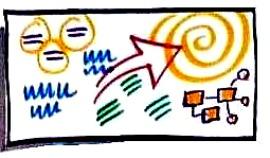


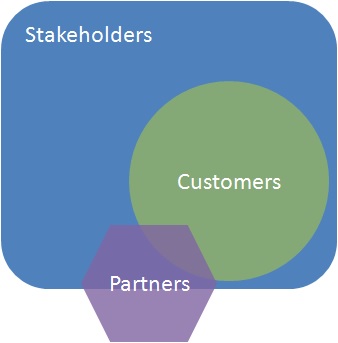


 Strategic planning, as a structured and systematic process, is successful when it is leader-led and overcomes the five reasons 70% of all strategies fail. Learn how to see your plan through to success. The strategic planning process is where leaders of an organization establish the vision of the organization’s future and then develop and implement the actions necessary to achieve that future. This article expands on the strategic planning concepts addressed in
Strategic planning, as a structured and systematic process, is successful when it is leader-led and overcomes the five reasons 70% of all strategies fail. Learn how to see your plan through to success. The strategic planning process is where leaders of an organization establish the vision of the organization’s future and then develop and implement the actions necessary to achieve that future. This article expands on the strategic planning concepts addressed in 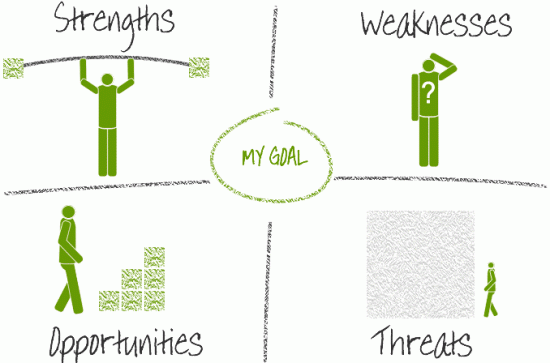
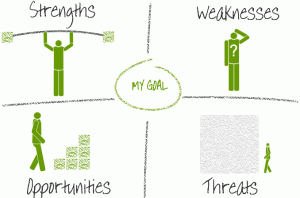 Strategic planning, as a structured and systematic process, is successful when it is leader-led and overcomes the five reasons 70% of all strategies fail. Learn how to see your plan through to success. The strategic planning process is where leaders of an organization establish the vision of the organization’s future and then develop and implement the actions necessary to achieve that future. This article expands on the strategic planning concepts addressed in
Strategic planning, as a structured and systematic process, is successful when it is leader-led and overcomes the five reasons 70% of all strategies fail. Learn how to see your plan through to success. The strategic planning process is where leaders of an organization establish the vision of the organization’s future and then develop and implement the actions necessary to achieve that future. This article expands on the strategic planning concepts addressed in 
 Strength. Strengths are internally positive aspects about the organization. These are the things that make the organization strong and are the main things an organization can leverage to overcome internal weaknesses and external threats. Organizations tend to focus only on their weaknesses and take their strengths for granted. A failure to focus on and nurture your organizational strengths can quickly turn them into a negative. When you brainstorm to build a SWOT, you tend to come up with a lot of perceived strengths, some of which might not be true.
Strength. Strengths are internally positive aspects about the organization. These are the things that make the organization strong and are the main things an organization can leverage to overcome internal weaknesses and external threats. Organizations tend to focus only on their weaknesses and take their strengths for granted. A failure to focus on and nurture your organizational strengths can quickly turn them into a negative. When you brainstorm to build a SWOT, you tend to come up with a lot of perceived strengths, some of which might not be true. Weakness. Weaknesses are also internal to the organization, but these are the challenges that could prevent the organization from achieving its eventual vision. Only the most glaring weaknesses are normally highlighted by an organization when brainstorming and usually this list is short. When done correctly, this tends to be a long and difficult list for leaders to swallow. Although it doesn’t sound like SWOT, I often refer to this box as Challenges (a SCOT). Nothing in an organization will prevent it from achieving its vision, unless they fail to address the challenges in front of them.
Weakness. Weaknesses are also internal to the organization, but these are the challenges that could prevent the organization from achieving its eventual vision. Only the most glaring weaknesses are normally highlighted by an organization when brainstorming and usually this list is short. When done correctly, this tends to be a long and difficult list for leaders to swallow. Although it doesn’t sound like SWOT, I often refer to this box as Challenges (a SCOT). Nothing in an organization will prevent it from achieving its vision, unless they fail to address the challenges in front of them. Opportunity. Many times Opportunities and Threats can be the same thing, but simply it’s the way you look at them. Basically, these both fall into a risk category. Opportunities are positive and external to the organization. If you have an opportunity that exists within your organization, then it is a Strength that you just aren’t leveraging at the moment. The importance of focusing on the external factor of it is that there is less of a guarantee that you can turn Opportunities into Strengths. Many organizations, especially those that don’t currently have a strategic plan or the one that exists is poor, fail to focus on the external factors. Extremely effective strategies focus more on the external factors then the internal. This is how you develop strategic positioning and become prepared for the what might happen versus dealing with it when it happens.
Opportunity. Many times Opportunities and Threats can be the same thing, but simply it’s the way you look at them. Basically, these both fall into a risk category. Opportunities are positive and external to the organization. If you have an opportunity that exists within your organization, then it is a Strength that you just aren’t leveraging at the moment. The importance of focusing on the external factor of it is that there is less of a guarantee that you can turn Opportunities into Strengths. Many organizations, especially those that don’t currently have a strategic plan or the one that exists is poor, fail to focus on the external factors. Extremely effective strategies focus more on the external factors then the internal. This is how you develop strategic positioning and become prepared for the what might happen versus dealing with it when it happens. Threat. Obviously, Threats are the external negative aspects surrounding an organization. These are significant threats that the organization faces or could face in the future that they have no control over. Competitors and government regulations often fall into this category. If your organization is part of a bigger organization, things like down-sizing, reorganizations, and funding, even though they exist in the greater organization, still can be external to your control. The two biggest things about Threats is to determine ways to either turn a Threat into an Opportunity, or to develop a mitigation plan should the Threat materialize.
Threat. Obviously, Threats are the external negative aspects surrounding an organization. These are significant threats that the organization faces or could face in the future that they have no control over. Competitors and government regulations often fall into this category. If your organization is part of a bigger organization, things like down-sizing, reorganizations, and funding, even though they exist in the greater organization, still can be external to your control. The two biggest things about Threats is to determine ways to either turn a Threat into an Opportunity, or to develop a mitigation plan should the Threat materialize.
